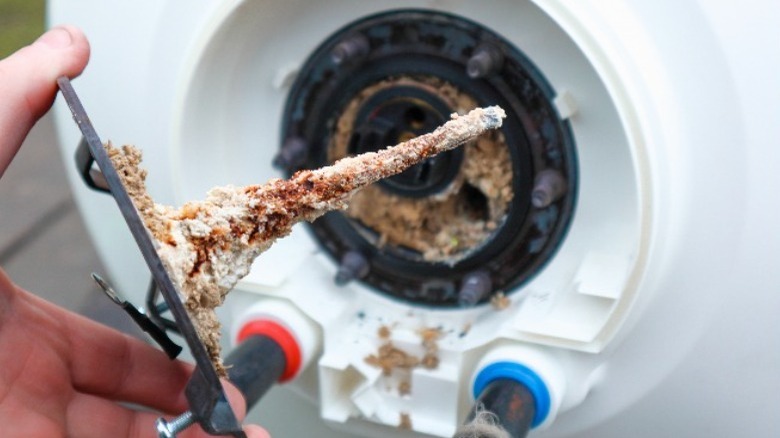If you’re like most people, you probably have a smartwatch. And if you have one, you probably use it to track your fitness progress and monitor your heart rate. But how accurate is the GPS on your smartwatch?
Turns out, not all smartwatches are created equal when it comes to GPS accuracy. In fact, there can be quite a bit of variation between brands and models. But don’t worry, we did the research so you don’t have to.
How accurate is the smartwatch GPS?
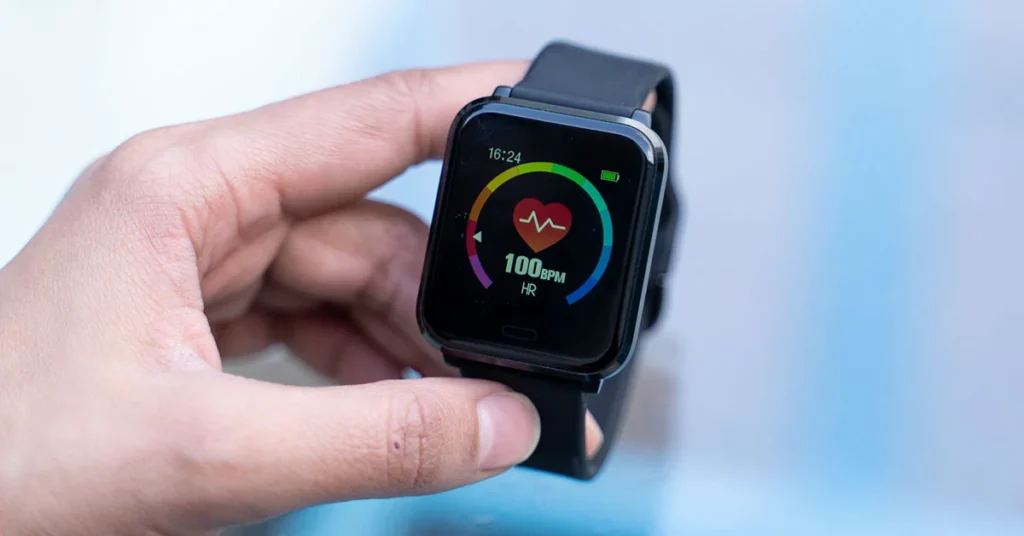
There is a lot of debate surrounding the accuracy of GPS devices, with many people questioning how accurate they really are. While GPS devices are not perfect, they are generally considered to be pretty accurate. Smartwatches are no different, and they can be a great tool for tracking your fitness and activity levels.
So, how accurate are smartwatch GPS devices? Generally speaking, they are quite accurate. Most models use GPS to track your location, and they do a pretty good job of it. However, there are some factors that can affect the accuracy.
One factor is the type of satellite that is being used. There are two types of satellites that can be used for tracking – American satellites and Russian GLONASS satellites. American satellites are more accurate than Russian GLONASS satellites, so if your smartwatch is using American satellites, it will be more accurate than if it is using Russian satellites.
One more thing that can affect the accuracy is the number of satellites that are being used. The more satellites that are being used, the more accurate the tracking will be. If you are in an urban environment with tall buildings, your watch’s GPS signal may be weaker and its accuracy may suffer as a result. If you are in a rural area with a clear view of the sky, your watch’s signal will be stronger and it will be more accurate.
How active you are? If you are moving around a lot, your watch’s GPS signal may be interrupted and its accuracy may suffer as a result. If you are standing still or moving slowly, the signal will be stronger and it will be more accurate.
How GPS smartwatches work
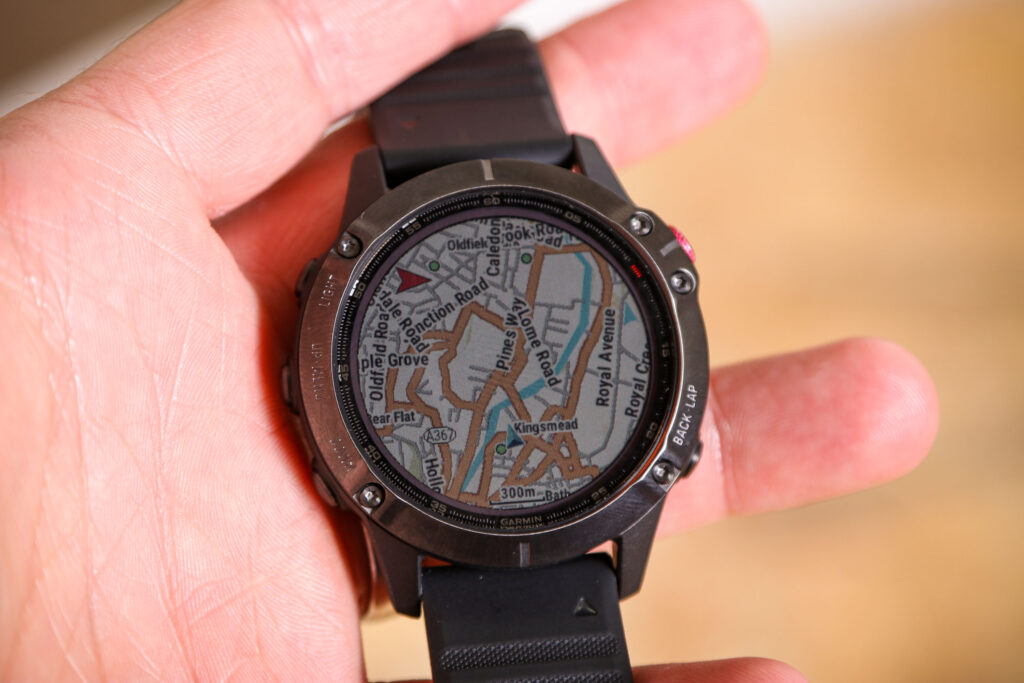
First, it’s important to understand how regular GPS works. The U.S. government operates a constellation of 24 satellites that orbit the Earth at an altitude of about 20,000 kilometers (12,420 miles). These satellites transmit signals that contain their precise locations and the current time. GPS receivers use these signals to calculate their own location and time.
Smartwatches have receivers built into them so they can calculate their own location just like any other GPS device, such as a car navigation system or a handheld receiver. GPS smartwatches use the same satellite signals as other devices, but they have some important advantages and disadvantages that you should be aware of.
What are the benefits?
There are many benefits to using a GPS smartwatch, including the ability to track your location and activity, as well as stay connected with notifications and call/text alerts. They are also typically more accurate than traditional watches when it comes to tracking your steps, distance, and calories burned.
The best GPS smartwatches on the market
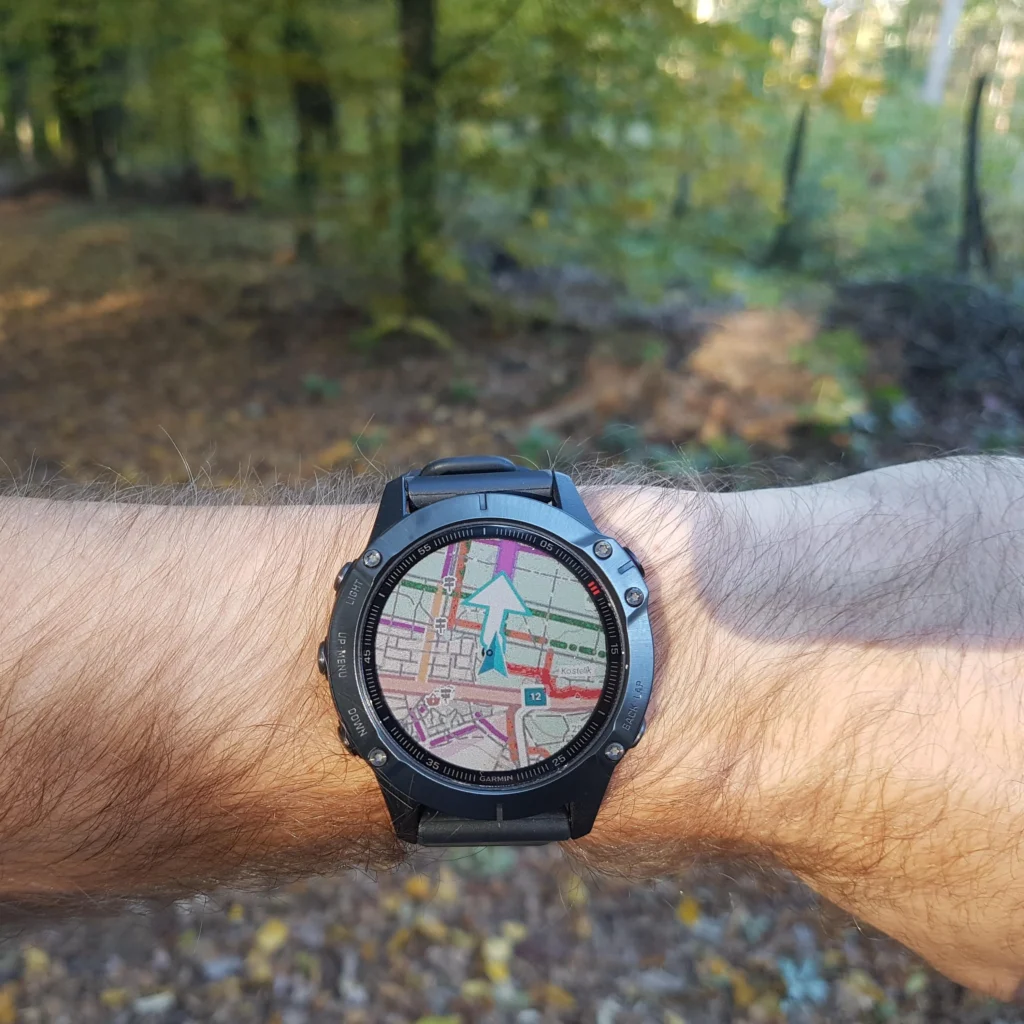
These days, our smartphones do more than just make calls and send texts. They’re also our go-to devices for everything from listening to music to playing games to checking the weather. And, of course, they’re also great for navigation. But what if you don’t want to carry your phone with you on a run or bike ride? That’s where a GPS smartwatch comes in.
A GPS smartwatch is a watch that includes GPS capabilities, so you can leave your phone at home and still get turn-by-turn directions, track your location, and even see your current speed and distance traveled. Some of them also include other features like music storage and playback, contactless payments, and fitness tracking.
The best GPS smartwatches on the market are:
- Apple Watch Series 5
- Garmin Instinct 2 Solar
- Fitbit Charge 5
- Polar Vantage V2
- Coros Apex 2
How to improve the accuracy of your smartwatch
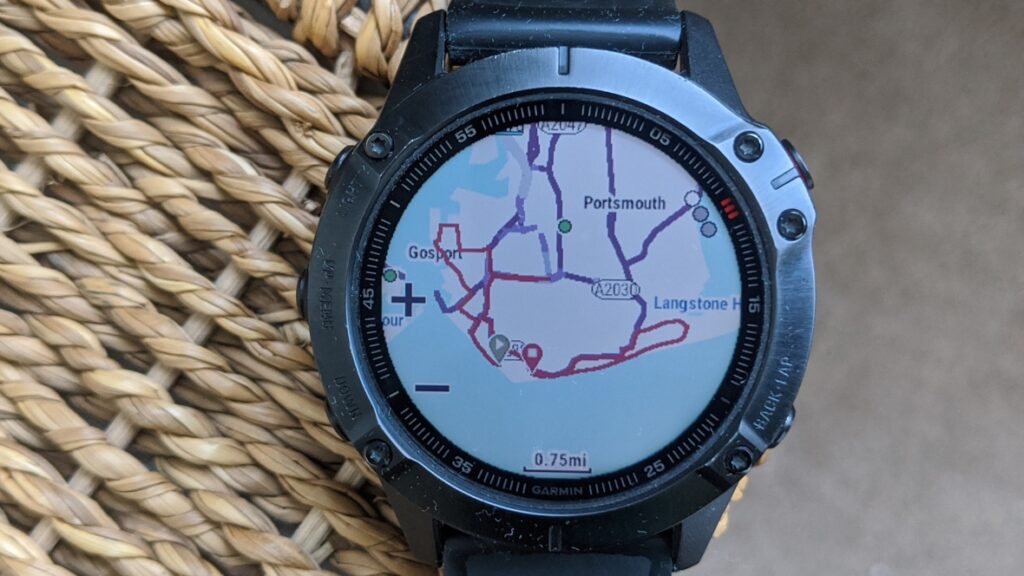
For the most accurate GPS readings, your smartwatch needs a clear view of the sky. If you wear it under a jacket sleeve or wristband, it might not be able to get satellite reception and will have to rely on other, less accurate location technologies like Wi-Fi triangulation or the cellular network.
If you’re having trouble getting a GPS signal, try these tips:
- Remove any metal objects or electronic devices from your pockets, including your phone. They can interfere with GPS signals.
- Make sure the path to the satellite is clear. If you’re near tall buildings or under dense tree cover, your watch might have trouble communicating with satellites.
- Avoid using GPS near large bodies of water. The water can reflect and distort signals.
- Wait for your smartwatch to lock on to enough satellites before you start moving. The more satellites it can connect to, the more accurate the reading will be.
The future of smartwatch GPS devices
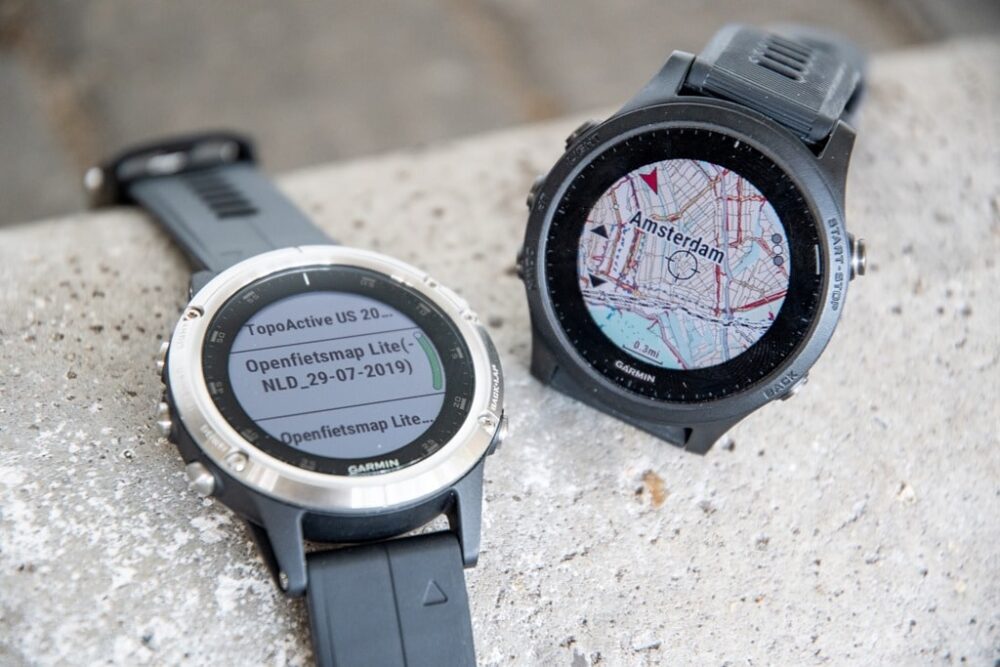
The future is looking bright. More and more companies are investing in developing this technology and making it more accurate. The accuracy of smartwatch GPS devices has improved greatly in recent years and is only going to continue to get better.
This is because the satellites they use to connect to are getting more accurate. The GPS system was originally designed for use by the military, so it was very accurate. However, over time, the technology has become more available to the general public and the accuracy has decreased.
However, as smartwatch companies are using more advanced technology, they are able to connect to the same satellites that the military uses. This means that they are able to get very accurate readings. In addition, these companies are constantly working on improving their algorithms and making sure that their devices are as accurate as possible.
Conclusion
So far, most studies have shown that the accuracy of smartwatch GPS ranges from fairly good to quite inaccurate. It will be important for manufacturers to continue to improve the accuracy of these devices in order to ensure that people can rely on them as a reliable way of tracking their physical activity and progress.





